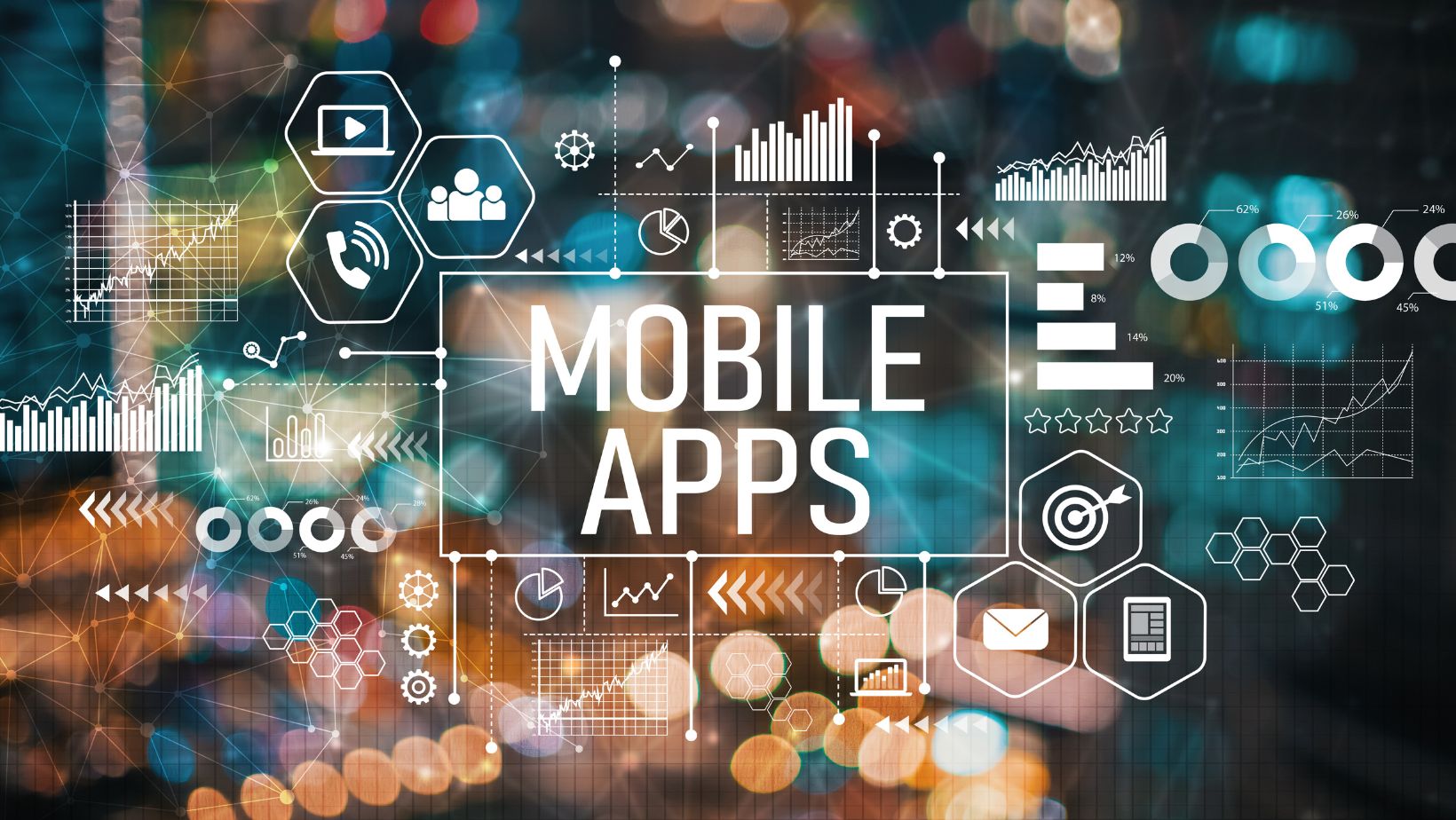Mobile app monetization has changed a lot, with countless strategies to increase revenue while simultaneously providing a great user experience. In 2025, knowing what strategies work is essential for developers hoping to monetize their applications. Below is an outline of the most successful strategies for mobile app monetization.
In-App Advertising
In-app advertising continues to be one of the major monetization strategies of 2025 as advertisers aim more and more of their marketing budgets toward mobile users. It consists of different types like banner ads, interstitial ads, and video ads. You can get the underlying allure here: the user gets a free app experience, and the app developer makes money via ad impressions/clicks, which they hope users will engage with. That being said, developers also need to have a balanced approach, as too many ads will drive the user away and frustrate them, which can lead them to uninstall the app.
Advantages:
- The app is free to download for users
- The higher the engagement rate, the more money it can get.
Disadvantages:
- Badly placed advertisements can disrupt user experience
- Users often ignore Banner ads, making them less impactful.
In-App Purchases (IAP)
In-app purchases let you purchase virtual goods or premium features.

This line of thinking works best for commercial gaming apps – like casino apps, where users are willing to pay to win big prizes. To provide a better user experience with an app, IAPs can be either consumables (temporary boosts) or non-consumables (permanent upgrades).
Advantages:
- If a user pays for something, they are more likely to keep using it.
- Users are able to customize their experience.
Disadvantages:
- Upselling can be annoying for users who are used to free software.
- If they’re not handled properly, users can get the impression they are being exploited.
Subscription Models
With recurring revenue becoming ever so important, subscription-based monetization is also on the rise. This model is common in many apps, such as streaming services or productivity tools, and requires a recurring monthly or yearly payment for premium content or features. This is a method to monetize the product, creating a more stable cash flow for such a product and enabling continuous development and improvements.
Advantages:
- Consistent income streams help with long-term planning.
- Subscribers get premium content or an ad-free experience.
Disadvantages:
- High subscription costs can drive away some users.
- Churn Risk means that users may cancel subscriptions.
Freemium Model
The freemium model provides basic functionality for free whilst charging for advanced functionality.

This approach does well in bringing in a significant number of users, which can eventually turn into revenue-generating customers. This is extremely common in mobile games and productivity apps.
Advantages:
- Since it is free, there will be more downloads and user engagement.
- Users who like the application will likely pay for more advanced features.
Disadvantages:
- The first downloads will not bring you money immediately.
- Developers need to make free features attractive but not as attractive as the paid ones.
In 2025, app monetization for mobile apps will be a mix of strategies based on user preferences and behaviors. This way, app developers can create sustainable revenue streams while giving value to their users using in-app advertising, IAPs, subscriptions, freemium, or hybrid-based approaches.
